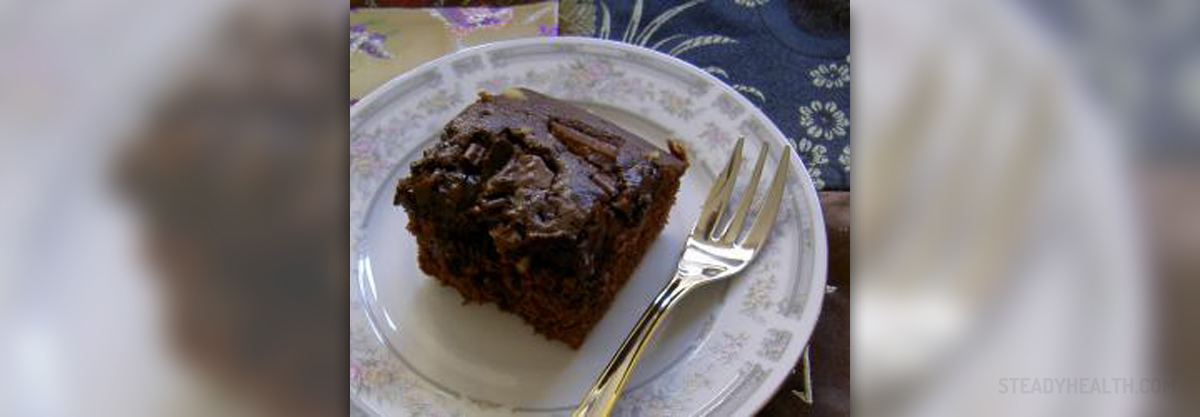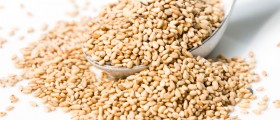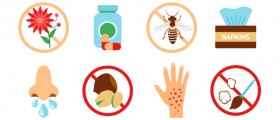
Information on Chocolate Allergy
Allergy to chocolate as such does not actually exist. When some person claims that he or she is allergic to chocolate, the allergy is usually affiliated with one or more ingredients commonly contained in the chocolate. Those ingredients are usually additives such as milk, caffeine, nuts, soy, corn and gluten. All of them are capable of triggering some sort of food allergy. Food allergies always include an inaccurate response of the body’s immune system to a certain type of food protein. The protein gets mistaken for a harmful substance and the immune system starts producing a chemical compound called immunoglobulin E whose purpose is to attack all harmful substances. The antibodies get attached to the mast cells and then release certain chemicals when they come in contact with the aforementioned food proteins. The symptoms of all food allergies may range from mild reactions such as headaches, hives, diarrhea and vomiting to severe symptoms such as anaphylactic shock which can sometimes be fatal.
Potential Causes of Chocolate Allergy
All chocolate allergies are always triggered by an allergy to one or more additives which are commonly contained in the chocolate. Milk is usually present in all types of chocolate and it can be a problem for all those who are lactose intolerant or suffer from milk allergy. A solution may be in opting for dark and bittersweet types of chocolate which contain significantly low amounts of milk. There are also dairy free chocolates available on the market. Soy lecithin is an emulsifier which may also trigger allergic reactions in people who are allergic to soy. Some chocolates contain peanuts or tree nuts which also may be triggered with several different types of allergic reactions and even anaphylaxis. Numerous chocolate manufacturers also use high fructose corn syrup which may be affiliated with allergic reactions in some cases. Those who are allergic to caffeine may also suffer from allergic reactions after consuming chocolate because each ounce of chocolate may contain up to 6 milligrams of caffeine. Gluten and wheat are used as binders in filled types of chocolate and they also may be held responsible for certain cases of chocolate allergies.
Symptoms of Chocolate Allergy
The most common symptoms of chocolate allergy may or may not include heartburn, headache, confusion, rectal itching, irritability, breathing problems and hives. Anaphylaxis may also occur and it can be recognized by certain symptoms such as heart palpitations, inflamed airways, vomiting, difficulty breathing, nausea, shortness of breath, fainting, wheezing, loss of consciousness, stomach cramps, dizziness, diarrhea and drops in blood pressure.
Treatment and Prevention of Chocolate Allergy
It is strongly advised to avoid all different types of cocoa products. In order to reduce the symptoms of a chocolate allergic reaction one may use corticosteroids, epinephrine injections, bronchodilators, topical creams and antihistamines.

















Your thoughts on this
Loading...